SENKO HOLDINGS
Initiatives to Reduce Environmental Impacts (Scope 2)
Use of renewable energy
The SENKO Group launched a solar power business in FY2014 to supply renewable energy to various power companies. We pivoted to solar power generation and a captive use approach in FY2021 and worked to switch to non-fossil, renewable energy as the source of power used by our logistics centers during daytime hours on clear days.
In October 2021, SENKO Co., Ltd., installed a large captive-use solar power system (with output of 1,051 kW) at its Gifu-Hashima PD Center, where it operates under the SENKO’s first solar power purchase agreement (PPA) model*1.
In this way, we have established a model for sharing surplus power not used at our own facilities as a power supply for a new power company, and we are accelerating use of renewable energy at our logistics centers, which had been a challenge in the past.
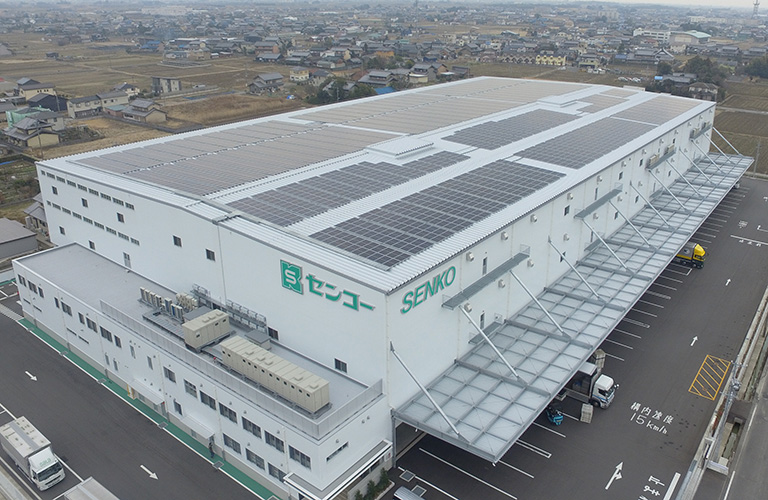
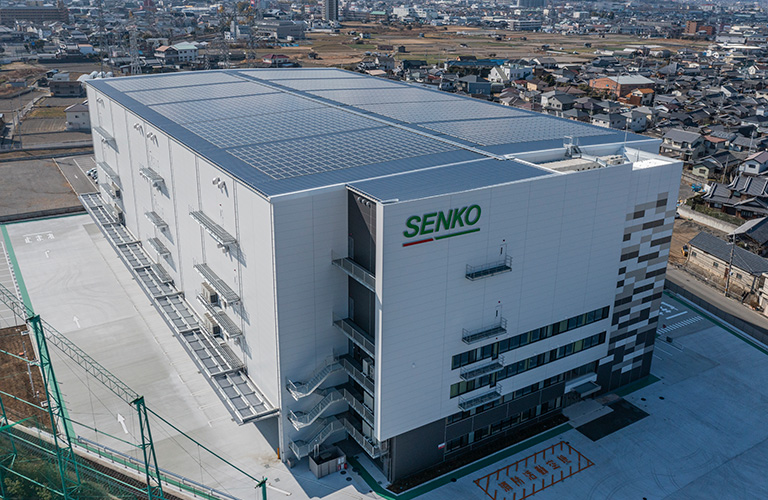
In addition, adoption of the PPA model at the Sennan PD Center, which opened in 2022, allows the facility to tap electricity supplied by a solar power system (682.5 kW) covering its roof while supplying surplus power to other SENKO Group facilities via a self-consignment arrangement*2 which began operating on April 1, 2022, as part of a joint initiative with The Kansai Electric Power Co., Inc. (KEPCO). Under the scheme, power is sent to two logistics facilities operated by SENKO Co., Ltd., in Hyogo Prefecture and a shopping mall operated by Group company Terauchi Co., Ltd., in Osaka City, making it the first self-consignment arrangement in Japan*3 to connect three facilities run by multiple companies in a corporate group.
The SENKO Group looks forward to streamlining its operations while contributing to the realization of a decarbonized society by expanding such initiatives to include the entire group.
- *1:Solar power captive-use PPA model: An arrangement in which a solar power system owned and managed by one company (the PPA operator) is installed in space such as a roof provided free of charge by a facility owner, which then purchases the power for its use.
- *2:Self-consignment: An arrangement in which power generated by a company’s solar power system is distributed to other facilities operated by the company via the power grid for their use.
- *3:Based on research by KEPCO.
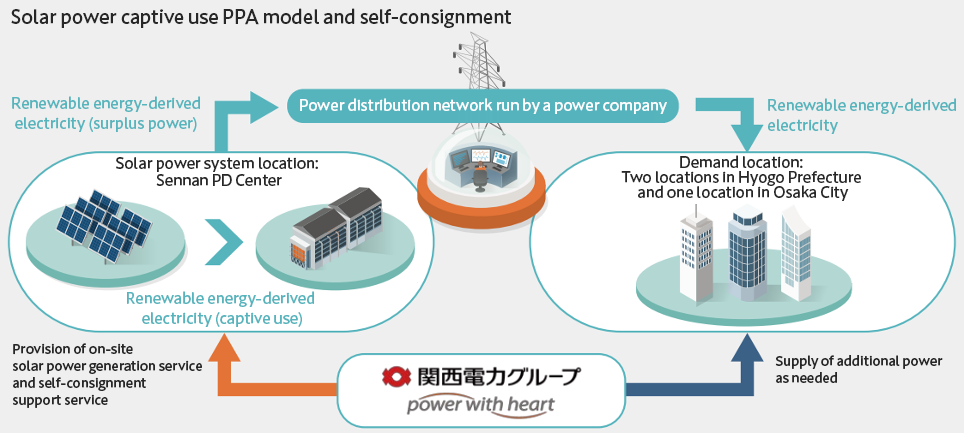
Furthermore, the SENKO Group began operating rooftop captive-use solar power systems under a PPA model at three existing logistics centers in FY2023 as part of an effort to accelerate use of such systems.
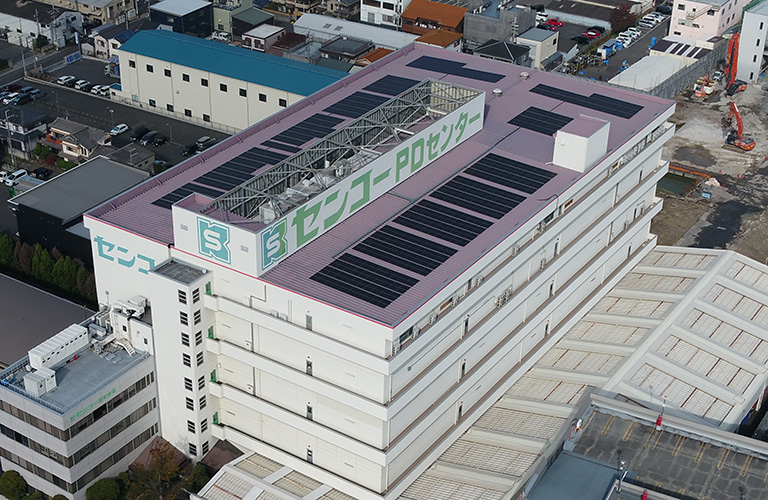
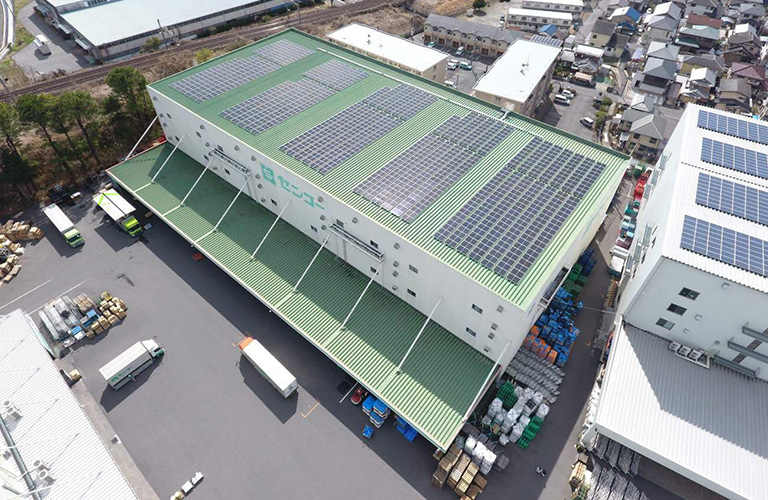
Utilization of equipment using natural refrigerants
Runtec Corporation, which handles frozen and refrigerated products, is working to reduce its greenhouse gas emissions by utilizing refrigeration equipment that uses environmentally friendly, energy-saving natural refrigerants as a way to prevent global warming and limit adverse effects on the ozone layer.
The company also ensures the safety and security of its customers’ products by using desiccant air-conditioning systems that can dehumidify chilled air to better prevent condensation in freight handling rooms.

 >
> - Sustainability >
- Environment >
- Initiatives to Reduce Environmental Impacts (Scope 2)


